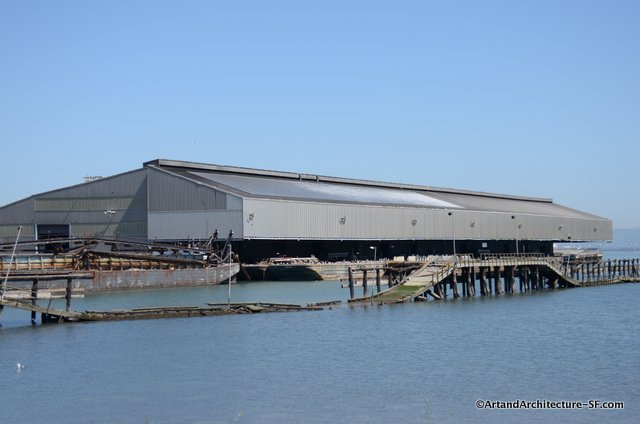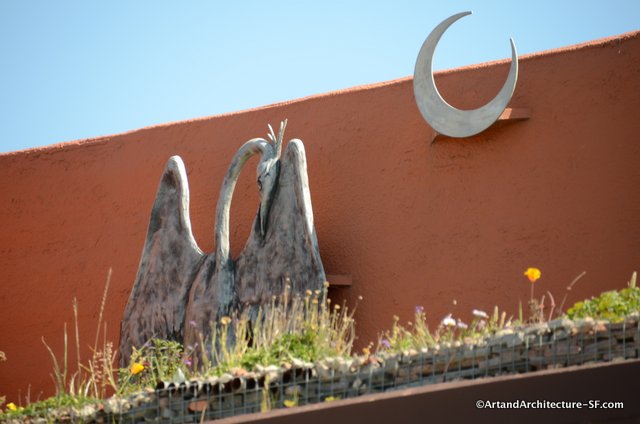Heron’s Head Park
Evans and Jennings
Bay View / Hunter’s Point
Heron’s Head Park was “born” in the early 1970s, when the Port began filling the bay to construct what was to be the Pier 98 shipping terminal. The terminal construction never materialized, and the peninsula remained undeveloped.
Over years of settlement and exposure to the tides, a salt marsh emerged, attracting shorebirds, waterfowl and aquatic wildlife. In the late 1990s, with funding from the City and County of San Francisco Public Utilities Commission, the Port, the California Coastal Conservancy and the San Francisco Bay Trail Project, the Port undertook a major renovation of Pier 98.
The project enhanced and expanded the marsh by removing over 5,000 tons of concrete, asphalt, metal and other debris, created a tidal channel to improve circulation, and constructed upland trails, picnic and bird-viewing areas and a fishing pier. In 1999, the former Pier 98 officially reopened to the public as Heron’s Head Park, named for its resemblance – when viewed from the air – to one of its residents: the Great Blue Heron.
Heron’s Head Park is now used for education and recreation by thousands of walkers, bird-watchers, students, and visitors from around the City and the Greater Bay area, and more than 100 bird species each year.
The sculpture was created by Macchiarini Creative Design.
Macchiarini studio and gallery was founded by Peter Macchiarini and his wife Virginia. Upon Peter’s death the studio was taken over by his son Daniel, and now, his daughter Emma Macchiarini Mankin
Daniel started basic Metal Arts & Sculpture Training 1962-1970, with his father, Peter Macchiarini. He studied at S.F. State University (1971-73) Arts Major Honor Society, Pottery, Painting, Life Drawing, Glass and Bronze Foundry course work.
 Macchiarini Studios worked with The Literacy for Environmental Justice (LEJ) group on this project. LEJ’s youth employment program trains paid interns to work on local issues relating to environmental health and food security. The interns bring a youth voice to neighborhood projects such as redevelopment of a naval shipyard Superfund site—the largest redevelopment project in the history of San Francisco.
Macchiarini Studios worked with The Literacy for Environmental Justice (LEJ) group on this project. LEJ’s youth employment program trains paid interns to work on local issues relating to environmental health and food security. The interns bring a youth voice to neighborhood projects such as redevelopment of a naval shipyard Superfund site—the largest redevelopment project in the history of San Francisco.




